Heart and Circulatory System Worksheets
Heart and circulatory system worksheets provide an engaging and informative way for students to learn about the fascinating mechanics of the human body. These worksheets are designed to target students in the middle or high school level, giving them a solid understanding of the functions and structure of the heart and circulatory system. Whether you are a teacher looking for supplemental materials or a parent wanting to support your child's learning, these worksheets offer a comprehensive study guide on this vital subject.
Table of Images 👆
- Digestive System Fill in the Blank Worksheets
- Blank Circulatory System Diagram Worksheet
- Circulatory System Worksheet Answer Key
- Labeled Rat Anatomy
- Fetal Pig Dissection Diagrams Worksheet
- Human Heart Clip Art Coloring Page
- Kindergarten Valentine Math Worksheets
- Crayfish Internal Anatomy Labeled
- Human Body System Worksheet Answers
- Human Body Levels of Organization Worksheet
- Human Body Unit
- Food Chain Worksheets
More Other Worksheets
Kindergarten Worksheet My RoomSpanish Verb Worksheets
Cooking Vocabulary Worksheet
DNA Code Worksheet
Meiosis Worksheet Answer Key
Art Handouts and Worksheets
7 Elements of Art Worksheets
All Amendment Worksheet
Symmetry Art Worksheets
Daily Meal Planning Worksheet
What is the main function of the heart?
The main function of the heart is to pump blood throughout the body, delivering oxygen and nutrients to cells and removing waste products.
Describe the structure of the heart.
The heart is a muscular organ composed of four chambers: two atria (upper chambers) and two ventricles (lower chambers). The septum divides the heart into left and right sides, ensuring that oxygen-rich blood from the lungs is kept separate from oxygen-poor blood returning from the body. Valves between the chambers and major blood vessels prevent backflow of blood, aiding in the efficient pumping action of the heart. The heart is surrounded by a protective sac called the pericardium and is connected to the rest of the body through a network of blood vessels, supplying vital nutrients and oxygen.
How does blood flow through the heart?
Blood flows into the heart through the superior and inferior vena cava, circulating to the right atrium where it is pumped to the right ventricle and then to the lungs for oxygenation. Oxygen-rich blood returns to the heart through the pulmonary veins into the left atrium, then to the left ventricle and finally out to the rest of the body through the aorta. The heart's four chambers and various valves work together to ensure a continuous flow of blood through the heart and the body.
What is the purpose of heart valves?
The purpose of heart valves is to ensure blood flows in one direction through the heart chambers, effectively keeping blood moving forward and preventing any backward flow. The valves open and close in coordination with the heart's contractions, allowing blood to move efficiently through the chambers and out to the rest of the body, maintaining proper circulation and oxygenation.
Explain the process of blood circulation in the body.
Blood circulation in the body starts with the heart pumping oxygen-rich blood from the left ventricle into the aorta, which carries the blood to the rest of the body. The blood then travels through arteries, branching into smaller arterioles and ultimately reaching capillaries where gas exchange occurs. Deoxygenated blood is collected in venules and then veins, which carry it back to the heart's right atrium. The blood is then pumped into the right ventricle and sent to the lungs for oxygenation before returning to the left atrium to start the cycle anew. This continuous loop ensures that the body receives oxygen and nutrients while removing waste products.
What are the different types of blood vessels and their functions?
There are three main types of blood vessels in the circulatory system: arteries, veins, and capillaries. Arteries carry oxygen-rich blood away from the heart to the body's organs and tissues. Veins, on the other hand, transport oxygen-poor blood back to the heart. Capillaries are tiny blood vessels that connect arteries and veins, allowing for exchange of nutrients, oxygen, and waste products between the blood and tissues. Together, these blood vessels play a vital role in maintaining proper circulation and delivering essential nutrients and oxygen throughout the body.
Describe the role of the lungs in the circulatory system.
The lungs play a crucial role in the circulatory system by facilitating the exchange of oxygen and carbon dioxide between the bloodstream and the environment. Oxygen from the air is taken up by the lungs and delivered to the blood, which is then carried by the circulatory system to all the cells in the body for cellular respiration. At the same time, carbon dioxide produced by the cells is picked up by the blood and transported back to the lungs to be exhaled. This process ensures that the body receives a constant supply of oxygen and eliminates waste carbon dioxide, supporting the overall functioning of the circulatory system.
How does the heart maintain its own blood supply?
The heart maintains its own blood supply through a network of blood vessels called the coronary arteries. These arteries branch off the aorta and wrap around the outside of the heart, supplying it with oxygen and nutrients needed for its function. The coronary arteries ensure that the heart muscle receives a continuous flow of blood to support its relentless pumping action.
What is blood pressure and how is it measured?
Blood pressure is the force of blood against the walls of your arteries as the heart pumps it around the body. It is measured using a device called a sphygmomanometer, which includes a cuff that is placed on the upper arm and inflated to temporarily stop blood flow. As the cuff deflates, a healthcare provider uses a stethoscope to listen for the sound of blood flowing through the artery, which helps determine the systolic (top number) and diastolic (bottom number) blood pressure readings.
Explain the relationship between the circulatory system and other body systems.
The circulatory system works closely with other body systems to maintain homeostasis and sustain life. It collaborates with the respiratory system to supply oxygen to tissues and remove carbon dioxide, while partnering with the digestive system to transport nutrients absorbed from food. Additionally, the circulatory system interacts with the lymphatic system to remove waste and fight infections, and with the endocrine system to distribute hormones throughout the body. Furthermore, the circulatory system collaborates with the muscular system to deliver nutrients and oxygen during muscle contraction and with the nervous system to regulate heart rate and blood pressure. Overall, the circulatory system plays a vital role in supporting the functions of various body systems and maintaining overall health and balance.
Have something to share?
Who is Worksheeto?
At Worksheeto, we are committed to delivering an extensive and varied portfolio of superior quality worksheets, designed to address the educational demands of students, educators, and parents.

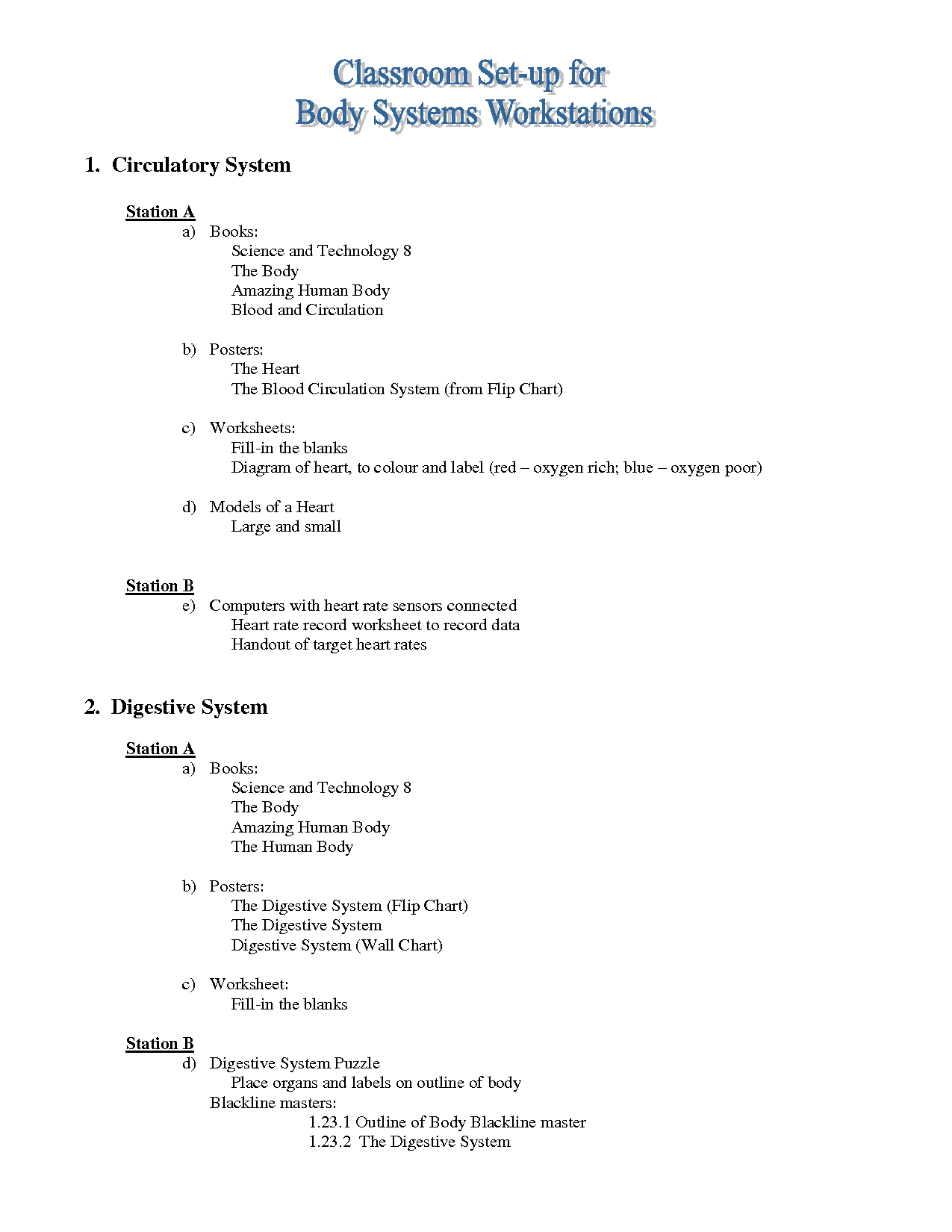



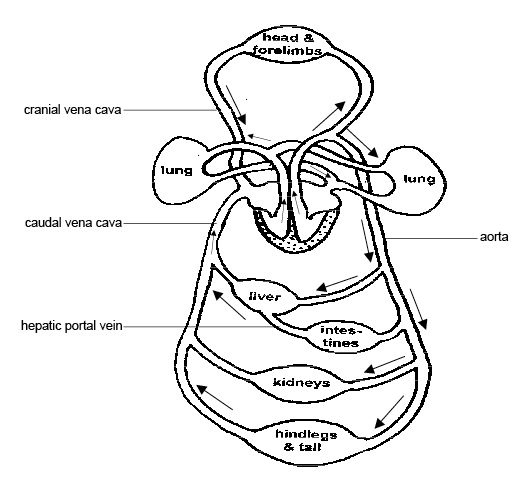
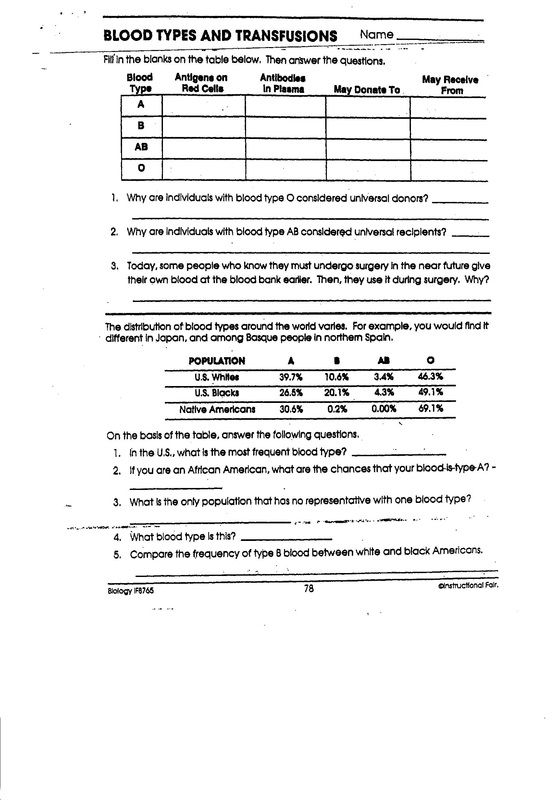
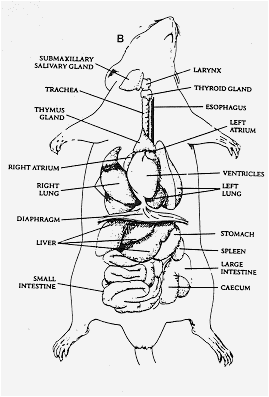
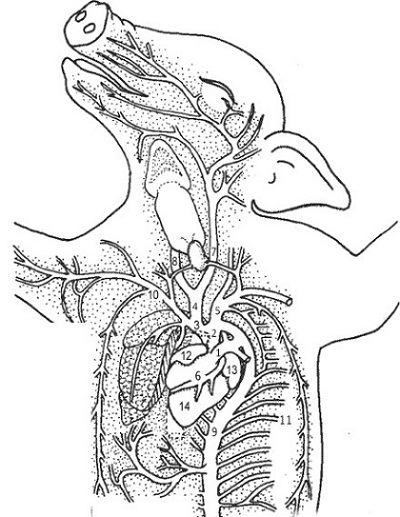
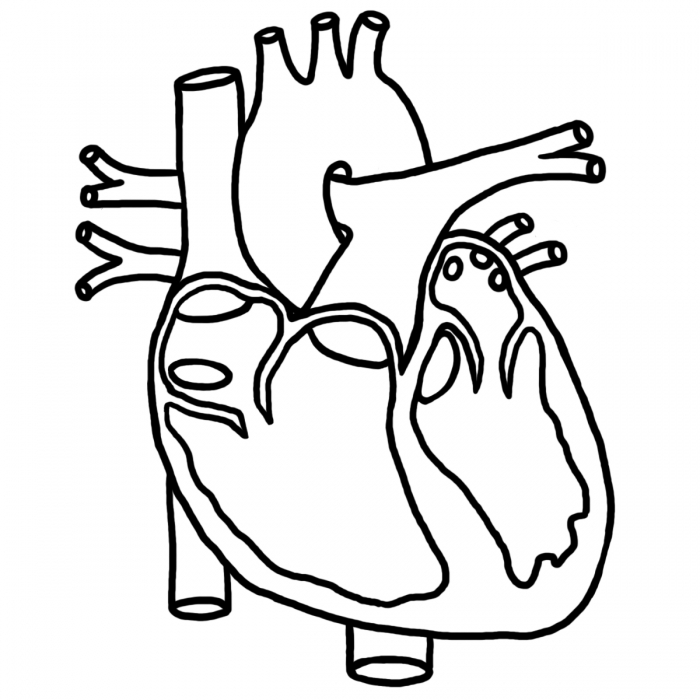

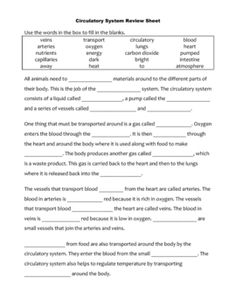
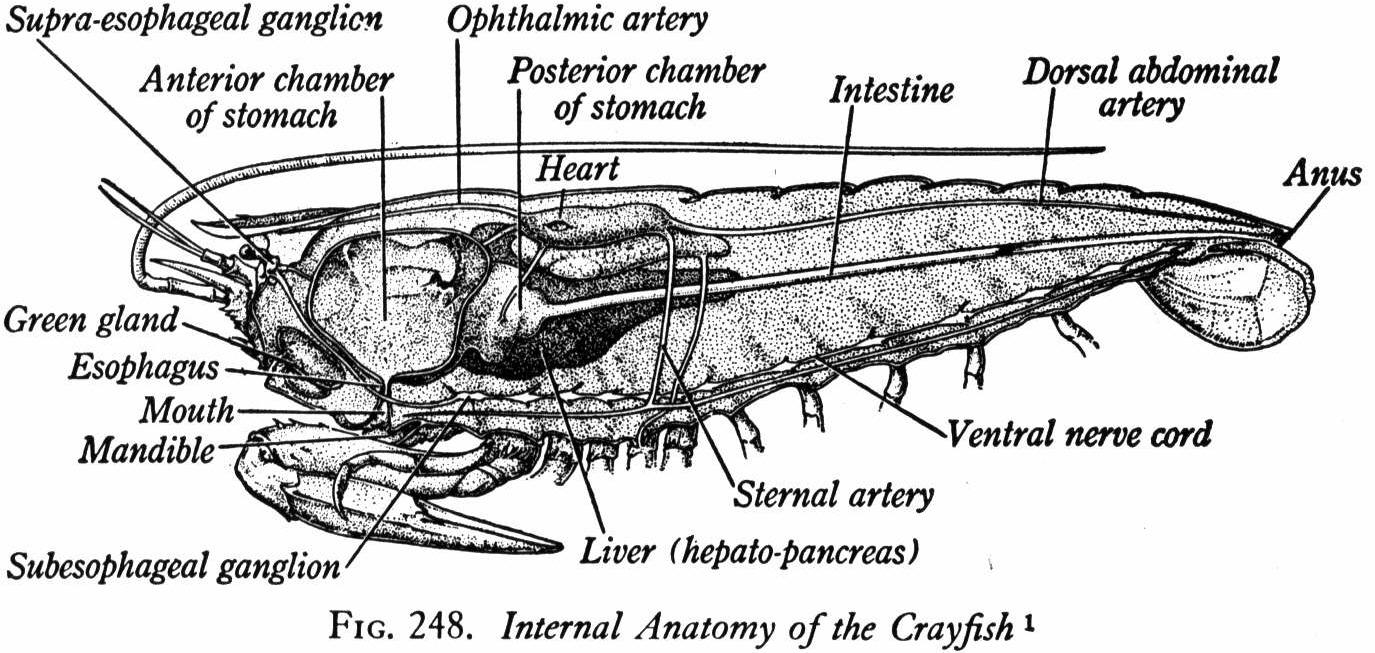

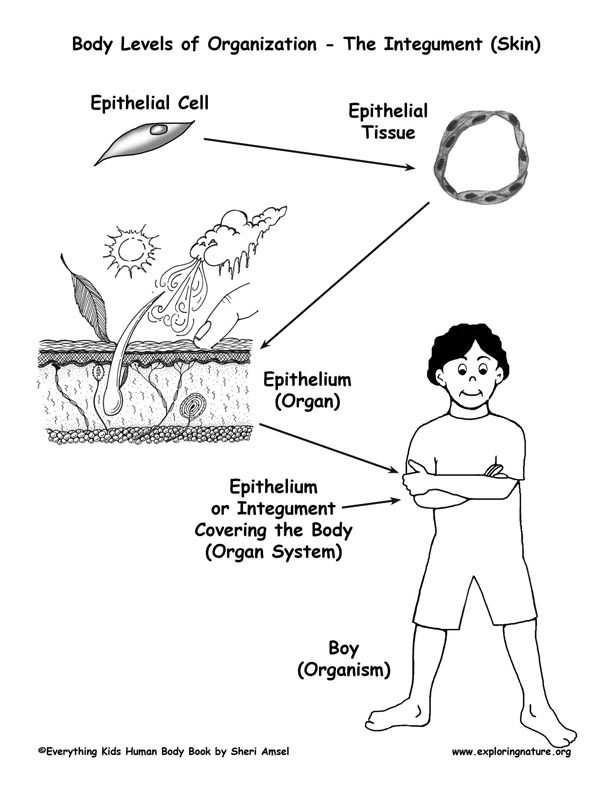

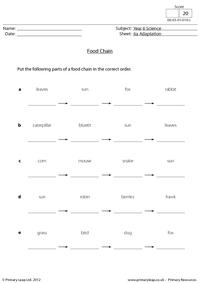
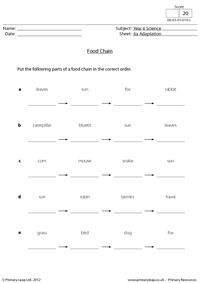














Comments